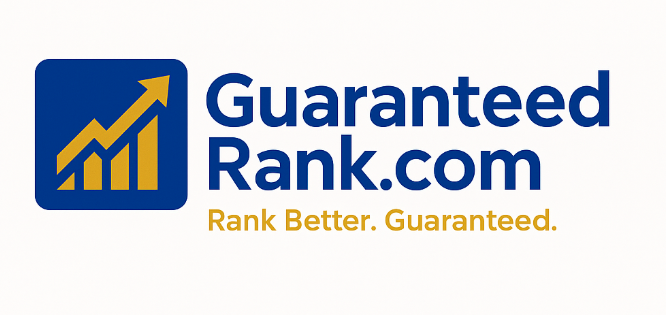Gathering user feedback is a great way to improve your SEO efforts because it provides insights directly from your audience, which can guide content optimization and help align your website with user needs. Here are some strategies to collect valuable feedback to enhance your SEO:
1. Conduct Surveys
- Tools: Use tools like Google Forms, Typeform, or SurveyMonkey to create surveys.
- Questions to Ask:
- What did you come to this website for?
- How easy is it to find the information you need?
- Are there any terms or phrases you didn’t understand?
- What would improve your experience on this site?
- How did you find us? (This helps assess how people are discovering your content.)
- SEO Benefit: These insights can help identify potential gaps in content, areas where your site might not be answering user queries, and how your audience is finding your pages (which can suggest keywords you should target).
2. Analyze User Behavior with Analytics Tools
- Google Analytics: Check metrics like bounce rate, session duration, and pages per session. High bounce rates or short sessions could indicate that your content isn't engaging enough or isn't satisfying user intent.
- Heatmaps: Tools like Hotjar and Crazy Egg provide heatmaps and session recordings to see where users click, scroll, and how they navigate your site.
- SEO Benefit: If users are not interacting with important parts of your page or leaving quickly, it might be a signal that your content isn't optimized for the right keywords or user intent.
3. User Testing
- Tools: Platforms like UserTesting allow you to recruit real users to navigate your website and provide feedback.
- SEO Benefit: Real user insights can reveal usability issues, content gaps, or technical problems that could be impacting user experience (UX), which is a key ranking factor in SEO.
4. Use Social Media & Community Forums
- Monitor Comments & Messages: Pay attention to questions, comments, and messages on platforms like Facebook, Twitter, LinkedIn, or industry-specific forums.
- Ask for Direct Feedback: Engage with your followers by asking open-ended questions about your website or content, such as "What content would you like to see more of?" or "Did you find what you were looking for on our site?"
- SEO Benefit: Feedback from these channels can provide valuable keyword ideas, trends, and topics your audience is discussing. This can help you adjust your content strategy to better target your audience’s interests.
5. On-Site Polls and Pop-ups
- Tools: Use tools like OptinMonster or Sumo to create pop-up surveys or exit-intent polls.
- Questions to Ask:
- Was this page helpful? (Yes/No)
- What information were you hoping to find here?
- What can we improve on this page?
- SEO Benefit: These on-page surveys help you identify any barriers users face when engaging with your content, allowing you to optimize page structure, user experience, and content to meet user needs more effectively.
6. Review User-Generated Content (UGC)
- Customer Reviews & Testimonials: If your website allows users to submit reviews or comments, read through them to gather insights about their experience.
- SEO Benefit: Positive reviews not only help build trust but also contain valuable long-tail keywords that may help your pages rank for specific search queries. UGC can also inspire new content or help you identify search intent more accurately.
7. Engage with Your Email Subscribers
- Send Out Email Surveys: After they visit your website or download content, you can ask for feedback on their experience.
- SEO Benefit: The responses can give you insights into what’s missing in your content, what terms or phrases they were searching for, and whether your content matched their expectations.
8. Use Customer Support Insights
- Analyze Support Queries: Look at customer support tickets, live chat interactions, or phone call logs to see what questions or issues are commonly raised.
- SEO Benefit: This can highlight areas of confusion or topics that you haven’t covered well in your content, prompting you to optimize for specific queries that users are struggling to find answers to.
9. Monitor Search Query Data (Google Search Console)
- Tools: Google Search Console is a valuable resource for understanding how users are finding your site via search engines.
- SEO Benefit: By reviewing search queries, you can discover which keywords users are using to find your content and see if there are any queries with high impressions but low clicks. This could indicate that your content isn’t aligning perfectly with user intent, providing an opportunity for optimization.
10. Track Customer Journey Mapping
- Tools: Use journey mapping tools (e.g., Google Analytics, Kissmetrics) to understand how users interact with your site.
- SEO Benefit: By analyzing the entire user journey, you can see where users drop off and identify pages that need more engaging content or improved structure, ultimately helping you improve the user experience and SEO rankings.
11. Competitor Analysis
- Look at Competitor Feedback: Review feedback and comments on your competitors' sites or social media platforms to identify what users like or dislike. This can offer insights into your audience's needs and help you spot areas where your competitors are doing better, allowing you to fine-tune your own approach.
- SEO Benefit: Gaining insights into what works (or doesn’t) for competitors can help you refine your keywords, content, and UX to stay ahead of the competition.
By implementing these strategies, you can collect actionable user feedback that directly informs your SEO strategy. The ultimate goal is to improve your content's relevance and user experience, leading to higher engagement, better search rankings, and greater user satisfaction.











0 Comments